Blog
TLC Wildlife Management

**Secure Your Home Before Squirrel Baby Season: Why Now is the Best Time for Exclusion Work** Squirrels in Central OH can be a delight to watch as they scamper around your yard, gather acorns, and scurry up trees. However, when they decide to move into your attic or walls, they can quickly become a nuisance—causing property damage, noise, and potential health hazards. One of the most significant challenges of squirrel removal is dealing with babies. That’s why acting now, before squirrel baby season, is crucial. If you are hearing noises in your attic or walls, or if you have been told that you have squirrels in your home in the past, we’ll explore the reasons why scheduling your squirrel exclusion work before baby season can save you time, money, and headaches down the road. The Challenges of Baby Squirrels Squirrels typically have two breeding seasons each year—often in late winter/early spring and again in late summer/early fall. During these periods, female squirrels seek out warm, safe locations to have their litters, and your attic can seem like a perfect nursery. Once babies are born, they remain dependent on their mother for several weeks, during which time: They cannot be easily relocated without risking their well-being. They add to the overall noise and damage in your home since the mother will be busy foraging to feed them. They make eviction more complex, as you have to safely remove both the mother and her litter. Squirrel litters can be very difficult to locate, especially in areas with blown in or deep insulation. By scheduling squirrel exclusion in Columbus and surrounding areas before breeding season begins, you reduce the likelihood of finding a family of squirrels nesting in your attic. Avoid Additional Fees for Collecting and Reuniting Babies Wildlife control professionals will charge additional fees if babies are involved. This is because: Specialized equipment and techniques are often needed to locate and safely remove baby squirrels. We use custom-made heated containers that protect the babies from the elements while allowing the mother access in order for her to relocate them to another already established den site. The process of reuniting babies with their mother or transferring them to a wildlife rehabilitator requires extra care and time. If the mother does not relocate her offspring, we may need to collect those babies and admit them to the Ohio Wildlife Center's hospital for care. Follow-up visits may be necessary to ensure the mother relocates her litter properly or to verify that no babies have been overlooked. These extra steps are both time-consuming and delicate, contributing to higher costs. MOST WILDLIFE TRAPPING COMPANIES DO NOT EVEN OFFER THIS SERVICE! TLC is your ONLY 100% non-lethal option for squirrels and their babies, and the only company that works to make sure squirrel families are kept safe and not separated. Squirrels with Babies Are More Persistent A mother squirrel with young is extremely determined to stay in her chosen nesting site. Although squirrels do have several established nesting sites at any given time, many squirrels will attempt to try to stay where they have been warm and safe. Mother squirrels will work tirelessly to find another way in if her babies are still inside. This persistence leads to: Repeated attempts at entry, meaning more damage to your roof, soffits, or siding. Extended timelines for removing them completely. If the nest cannot be located and moved, we may advise waiting a few weeks until the young are mobile and active and can relocate on their own before we seal off any entry points or attempt to evict any animals. Increased stress for both the homeowner and the animals, as the mother tries to protect her babies while you’re trying to protect your home. By excluding squirrels now, you decrease the chances of dealing with a fiercely protective mother and her vulnerable offspring. The Benefits of Early Exclusion Lower Costs - By avoiding baby season, you minimize the need for complex removals, potential rescue operations, and extra repair work. Less Hassle - The process is straightforward when no babies are involved, reducing the number of visits from a wildlife professional. Protection from Damage - Preemptive sealing of entry points prevents squirrels from settling in and causing havoc in the first place. Peace of Mind - You’ll avoid the stress of dealing with frantic animal noises, the risk of chewed wires, and the mess of nests and droppings. Action Steps: What You Can Do Now Schedule an Inspection - TLC Wildlife Management will conduct a thorough home inspection to determine your specific needs. We inspect the exterior of your home as well as all attic spaces, providing photos and a written summary of our findings. Our goal is to educate clients on their specific concerns and work together to come up with the solution that protects both our customers and our native wildlife. Complete recommended exclusion work asap! We use one-way doors to allow squirrels a way out of your home to forage for food and water, but not a way back in. We then permanently seal all points of entry to prevent future invaders! This results in a 100% non-lethal solution and a PERMANENT FIX! Again, this is much easier and less expensive to do when all of the animals are active and mobile. Trim Trees and Remove Food Sources - Overhanging branches or accessible bird feeders can make your home more attractive to squirrels, so trimming and reducing easy food access helps deter them. Stay Vigilant - Keep an eye out for unusual noises or droppings that might signal a breach, so you can address issues before they escalate. Addressing squirrel issues in Marysville, Delaware, Columbus Ohio, and surrounding areas before baby season not only saves you money by avoiding extra fees for collecting and reuniting babies, but it also spares you from the frustration of dealing with a determined mother squirrel. By taking proactive steps and scheduling your inspection and squirrel exclusion work now, you’ll protect your home and maintain a more harmonious coexistence with these clever critters. Don’t wait for squirrels to invite themselves in and multiply—act now and call us for your complete home inspection today to secure your home before squirrel baby season starts!
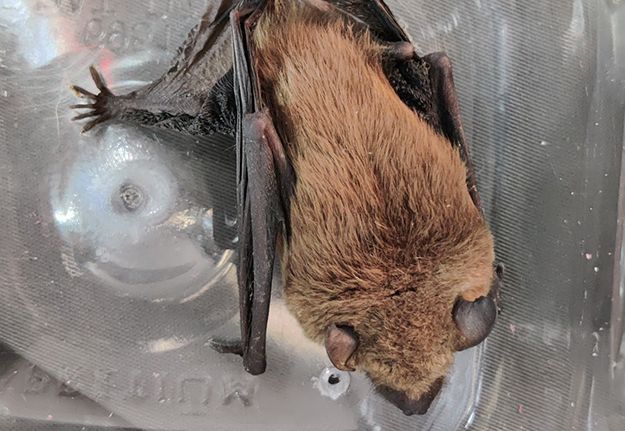
Discovering a bat in your home can be an unsettling experience. These fascinating creatures play a vital role in our ecosystem, but their place is outside, not in our living spaces. If you’ve found a bat in your house, you might be wondering what steps to take and what laws apply. Here’s everything you need to know, including seasonal restrictions, safety precautions, and how to address nuisance bats in Columbus and the surrounding areas. Seasonal Restrictions for Bat Evictions Bats are federally protected, and it is illegal to kill a bat for any reason unless a bite or potential exposure to rabies has occurred. In Ohio, there are also seasonal restrictions to consider when addressing bats in your home. From May 16 to July 31, bats are in their maternity season. During this time, mothers are raising their pups, which cannot fly until they mature (around August). Evicting bats during this period can leave flightless pups stranded and unable to survive, which is not only inhumane but also against the law. It can also create frantic bat mothers, who will work doubly hard to find a way back into living spaces. The fall/winter restricted period is put in place to protect hibernating bats. From Oct 15th through March 31st (or when overnight temperatures are over 55 degrees for 10 consecutive days) no bat eviction is permitted in Ohio. Bats that exit structures when temperatures drop below freezing may die if they cannot return to the same hibernaculum or shelter. You can find additional information on the rules and regulations for bat removal in Central Ohio here: https://ohiodnr.gov/discover-and-learn/land-water/issues-for-landowners/nuisance-bats Outside of the maternity and winter seasons, (from August to October) humane exclusion methods can be implemented to evict bats and seal up entry points. These methods ensure that bats can safely leave your home but cannot return, at which point they will move on to new nesting locations. What Can Be Done in the Meantime? If you have bats in your attic or another part of your home during the winter, we can still provide the peace of mind that comes with bat removal . An inspection by one of our professional techs can keep bats out of your living spaces until exclusion is legally allowed! We would begin with a full interior and exterior inspection to determine the number of bats present, and the points of entry on your home. Once we determine the areas that need to be addressed some things we may suggest would be: 1. Installing Door Sweeps 2. Cover Vents and Chimneys with Custom chimney caps or appropriate materials 3. Sealing entry points on the exterior of the home: This can be done if an entry point is left open, and no bats are evicted during the process. Avoid Handling Bats : If you encounter a bat inside your home, do not attempt to touch or capture it with your bare hands. Always contact a professional! What to Do with a Nuisance Bat? If a bat is found in your living space, it’s important to handle the situation carefully. In Ohio, bats are considered high-risk carriers for rabies. Here’s what you need to do: 1. Safely Contain the Bat: Close off the room that the bat is in. Take care to close any closets or cupboards if possible, and place towels or blankets along the bottom of doors to prevent the bat from exiting the room. 2. Contact Local Authorities: Call TLC Wildlife Management to come and safely collect the bat. In Ohio, nuisance bats that are captured or trapped must be submitted for rabies testing if there was any potential human or pet exposure. If there was no exposure, the bat can be released (during appropriate seasons). If the bat appears to be sick or injured, we will transport it to the Ohio Wildlife Center for appropriate care and overwintering if needed. Because of our 100% non-lethal approach to wildlife management, we are the only company in Central Ohio with a relationship with the Ohio Wildlife Center that allows us to care for bats that need medical attention or overwintering! 3. Rabies Testing: The Ohio Department of Health will test the bat for rabies if needed. This is crucial, as bats are one of the most common carriers of the virus. If there has been a possible exposure to rabies, you will be notified of the outcome of testing and advised if rabies treatments are needed. 4. Seek Medical Advice: If there was any chance of a bite or scratch, seek medical advice immediately. Post-exposure prophylaxis (PEP) can prevent rabies, but time is of the essence. While not all bats carry rabies, it’s estimated that less than 1% of bats are infected. However, the consequences of exposure are severe, as rabies is almost always fatal once symptoms appear. Bats may carry rabies without showing obvious signs, so any contact should be taken seriously. Even if you don’t recall being bitten, small bites or scratches may occur without being noticeable. This is why public health guidelines treat every bat found in a living space with potential exposure as a serious concern. Preventing Future Bat Intrusions To keep bats out of your home permanently, we would employ the following steps: 1. Inspect Your Home: Check for gaps, holes, or cracks that could allow bats entry. Common spots include soffits, rooflines, vents, and chimneys. TLC will perform a thorough interior and exterior inspection (including the roof and attic spaces) to locate evidence of bat infestation, as well as find points of entry that may be in areas of your home that you cannot access. We are experts in bat behavior and biology and use that knowledge to find all possible points of entry! 2. Seal Entry Points: Outside of maternity season, we can seal any openings larger than a dime using durable materials like metal flashing, heavy gauge metal screening or other permanent materials. All of our exclusion work is Guaranteed. 3. Install One-Way Exclusion Devices: We apply these to the outside of the home at the already established points of entry. These doors allow bats to leave but prevent them from returning. The door is left on for a set amount of time to allow all of the bats to exit the structure. Once we have fully evicted all of the bats, we would permanently seal the final entry point. 4. Maintain Your Property: Regular maintenance can prevent future issues. We can schedule regular preventative inspections annually to ensure your home stays free from ALL wildlife intruders! In Summary If you discover a bat in your home in Columbus, OH or surrounding areas, stay calm and follow these important guidelines. Bats play a crucial role in our ecosystem but must be handled in a safe and legal manner. Taking the appropriate steps protects both you and these valuable creatures. Be aware that any wildlife service offering to trap or remove bats (unless in a living space) during restricted seasons is acting illegally and should be reported to the Ohio Department of Natural Resources (ODNR). The use of glue traps, nets, or other trapping methods for bats is also prohibited by law. Additionally, bats cannot be relocated or released outdoors during restricted seasons. To ensure compliance with regulations and proper handling, always hire a licensed professional who is knowledgeable and adheres to bat laws and safe removal practices. For professional help or more information about dealing with bats, contact us at TLC Wildlife Management. We’re here to help you and the wildlife around you coexist in harmony!
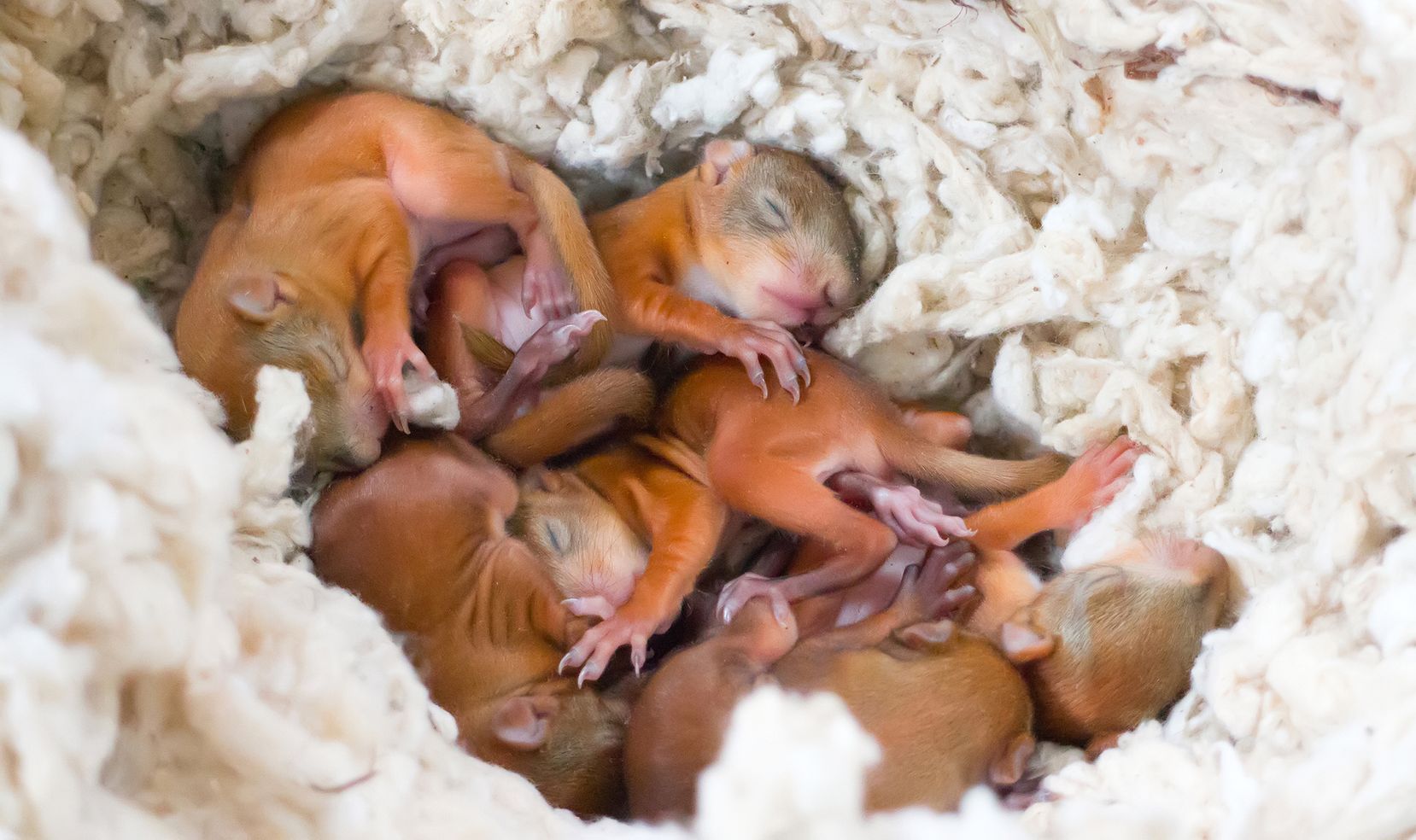
As the weather warms and flowers bloom, wildlife also springs into action, often giving birth to their young in the spring and early summer. TLC Wildlife Management knows that baby season is a critical time for many species. Unfortunately, it's also a time homeowners and business owners trying to get rid of unwanted visitors can look to traditional trapping companies.... but standard trapping practices can have tragic and devastating consequences! Trapping wildlife during baby season poses a significant risk of separating young animals from their mothers. Many wildlife species, from raccoons and squirrels to rabbits and birds, rely heavily on maternal care during the early weeks of life. When a mother is trapped and removed, her babies are left defenseless, facing hunger, dehydration, and predation. One of the most common scenarios during baby season is the trapping of adult female animals, such as raccoons or squirrels, without realizing they have dependent young nearby. These babies, unable to survive on their own, are left behind, leading to a tragic outcome that will pose additional problems for the property owner as well. No one wants to deal with the smell of decomposing animals inside a wall or attic space, which can last for several weeks! Moreover, trapping and removing wildlife without considering the presence of babies can have broader ecological impacts. Many wildlife species play crucial roles in their ecosystems, from seed dispersal to insect control. Removing them disrupts these delicate balances, potentially leading to unintended consequences for other wildlife and plant species. So, what can be done to avoid these dangers during baby season? The key lies in employing humane and wildlife-friendly management practices. TLC Wildlife Management NEVER utilizes traps to remove wildlife. Instead, we use humane exclusion methods that allow animals to leave on their own but prevent them from re-entering. We do a full interior and exterior inspection of the property with photos, looking in any area that may be a good area for denning and take special care to ensure that no offspring are left behind. Depending on the species, we may use a reuniting box located on the outside of the property to allow the mother to return to collect her babies and move them to an already set up secondary denning location. Other times we educate property owners on the benefits of waiting for nature to take its course, knowing that the babies will likely be moving out on their own within a few weeks. TLC will then return to install custom materials to prevent mom returning to use the same area in the future. In this way we ensure a SAFE, HUMANE, and PERMANENT solution to wildlife conflicts not only during baby season, but all year long. Ultimately, we believe the goal should be to coexist with wildlife peacefully, respecting their role in our ecosystems and ensuring their well-being, especially during critical times like baby season. By choosing humane and informed practices, we can protect wildlife families and help maintain the balance of nature for generations to come, while ensuring your property is free from unwanted guests.





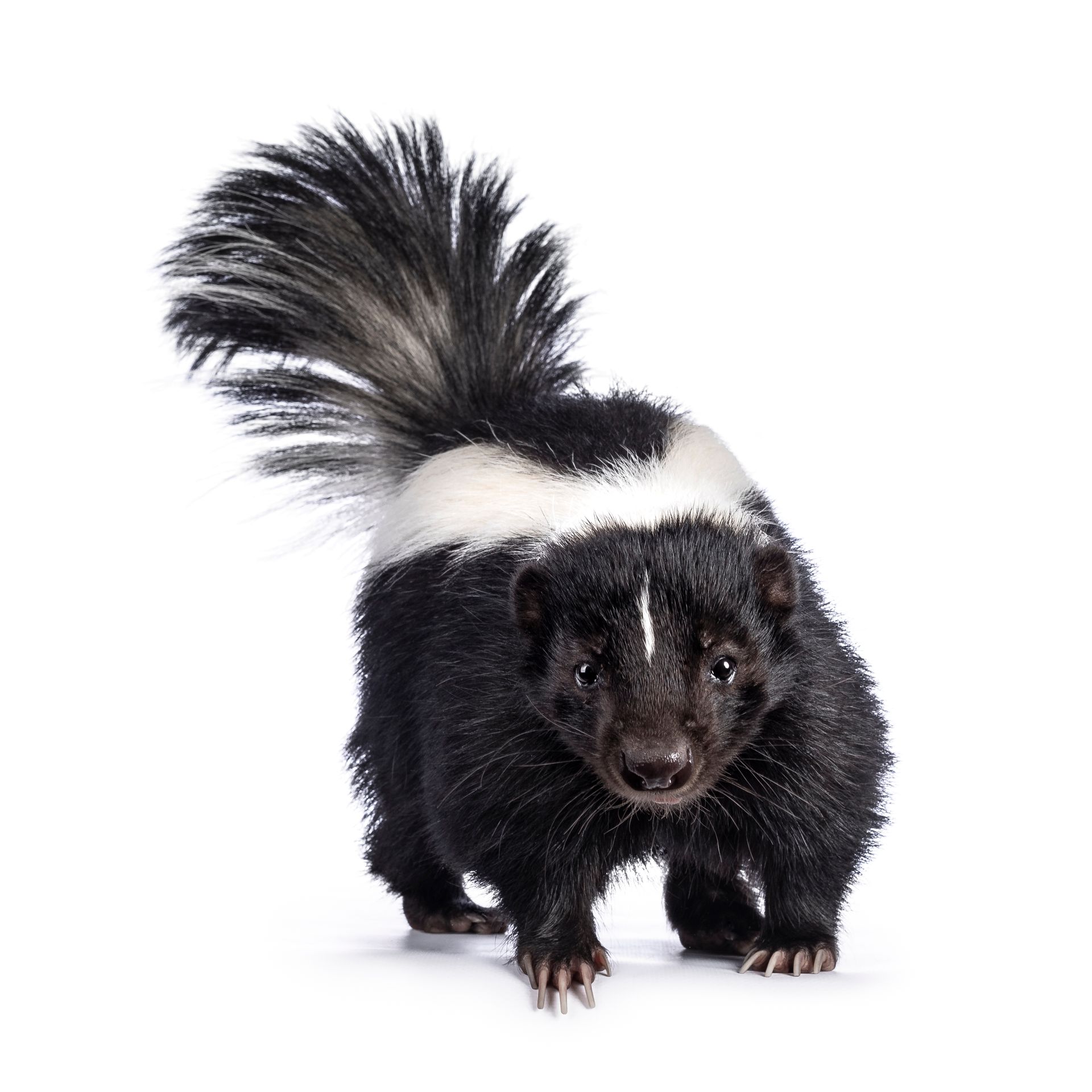
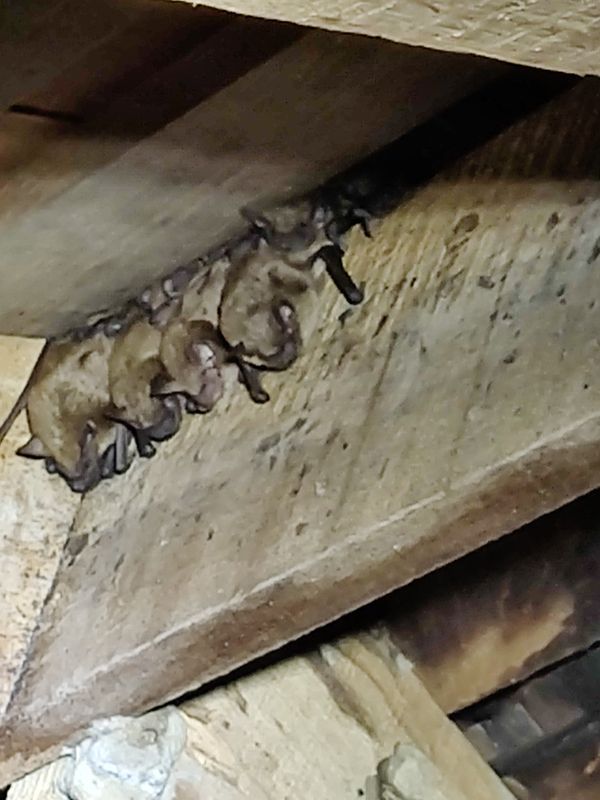

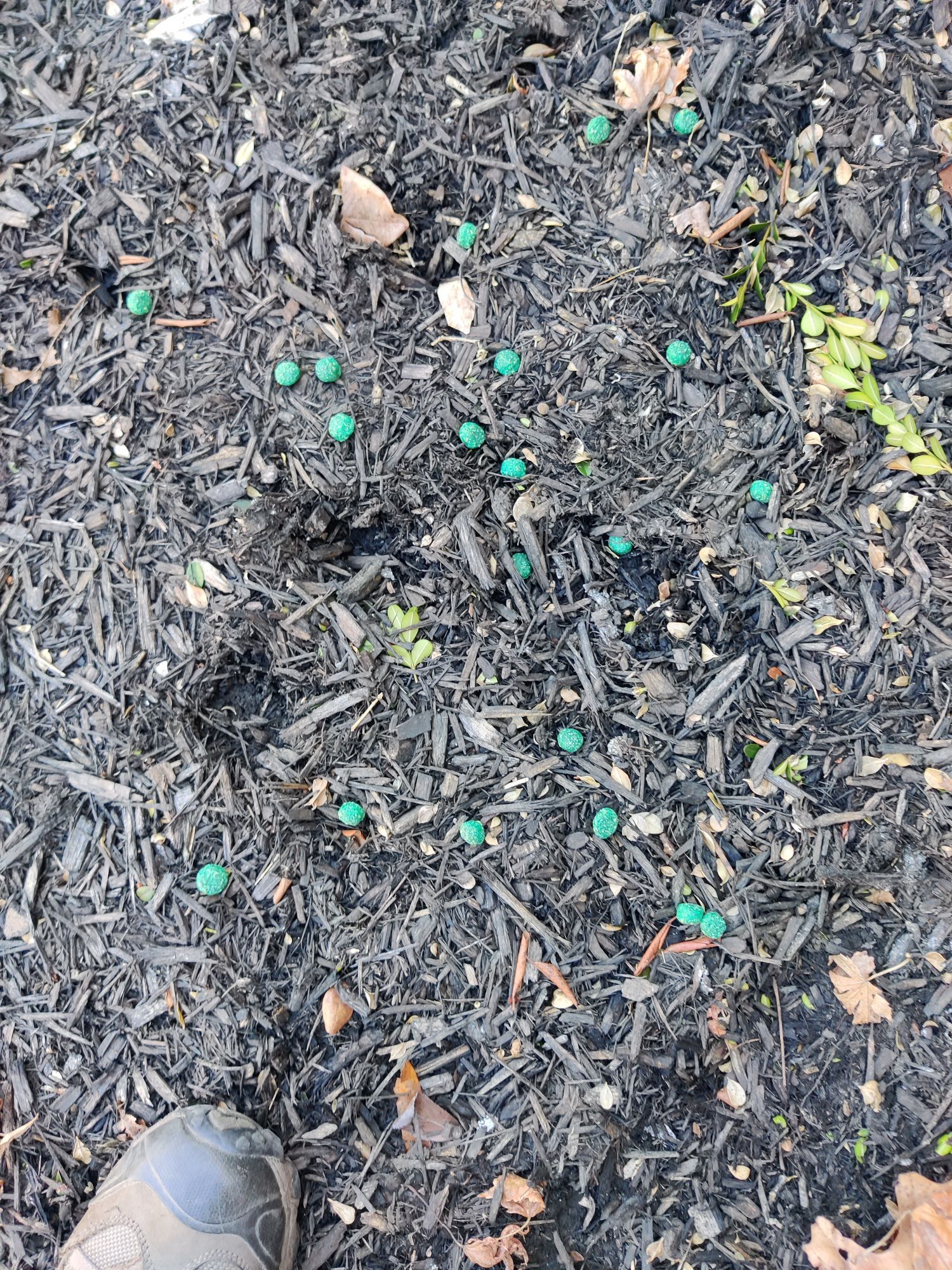

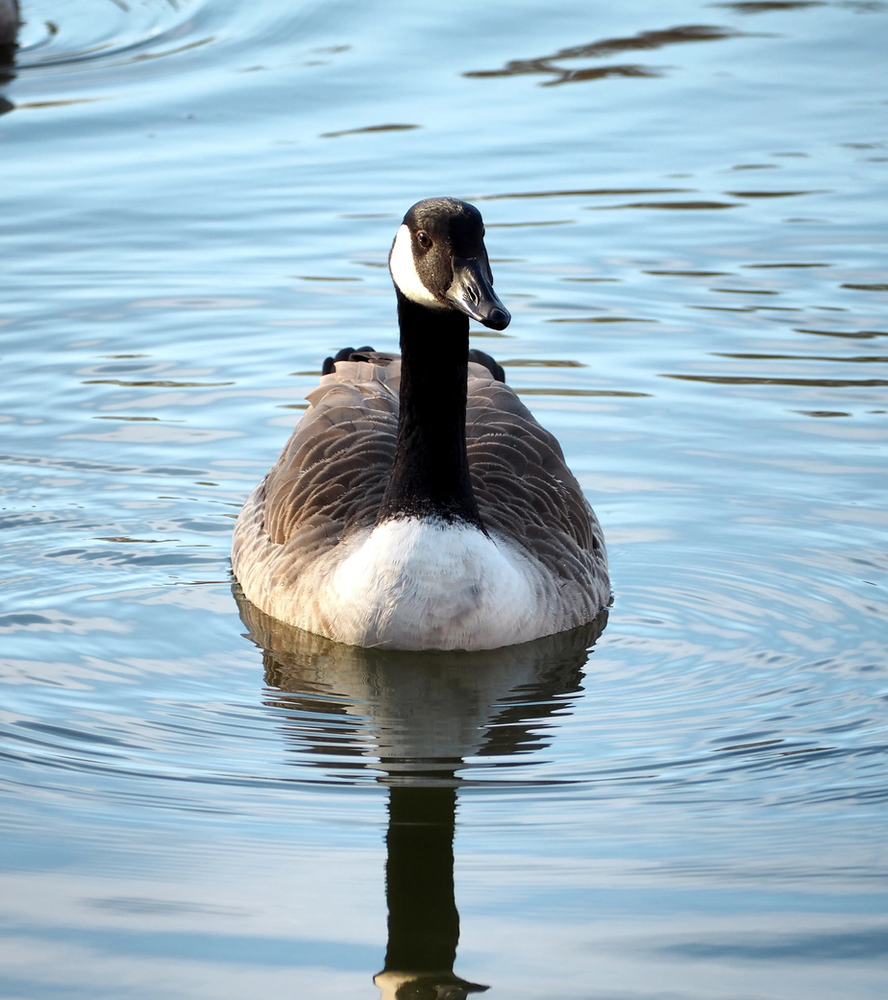
Share On: